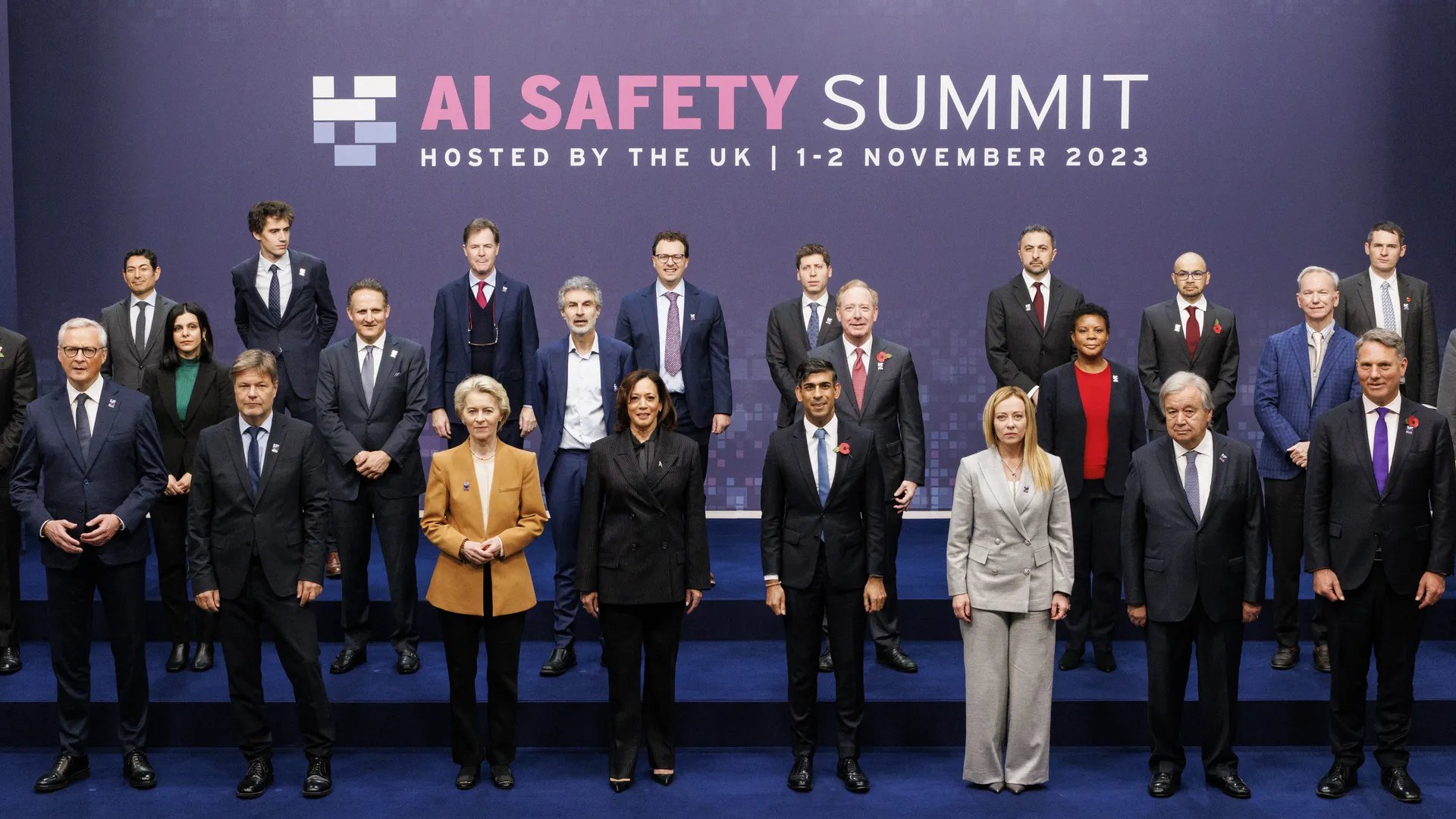
We are excited to announce that the7stars has been named a Google Marketing Platform Certified Partner for Search Ads 360 in the United Kingdom. This certified status adds to our existing and long-standing Google Premier Partner status across Google Ads and validates our expertise within the Google Marketing Platform ecosystem.
Increasing complexity needs skilled teams to meet new challenges
For some time now, we have utilised the Google Marketing Platform to deliver campaigns across an array of digital channels for our clients. As client challenges have grown more complex, the team has adapted to these challenges by utilising more features within these platforms and using incrementality testing to identify which features work best. We then tailor the platform setups to the unique needs of each of our clients.
This is a major recognition for the7stars’ Activation Team, who have undergone specialised platform training and certification to become experts at utilising the full capabilities of Google’s solutions.
Obtaining this certified status was not without its challenges! Google extensively assesses our team’s skills and dedication to delivering advanced campaigns for our clients. The standards for passing these criteria are high, but the team has done a tremendous job of meeting and exceeding them to deliver truly exceptional work.
Enabling better collaboration and service
This partnership enables us to provide sophisticated service levels and proprietary products to our clients. Our clients will benefit not only from the hands-on expertise our team can offer, but the partnership will also give us access to more updates and partner-exclusive solutions before they become available to the wider community. It will enable us to engage more directly with Google Marketing Platform experts via exclusive interactive training sessions and partner events, where we can stay up to date with the latest product launches, bringing these to clients as soon as they become available.
Driving innovation through tailored solutions
By fully realising the capabilities of the Google Marketing Platform and combining it with Google Cloud Platform, brands will have the ability to level up their digital marketing maturity. the7stars will be able to scale these solutions for our clients at speed, delivering highly optimised paid media campaigns. In combination with our 13Minutes team, we will be able to build clients’ proprietary tools that can augment Google Marketing Platform’s functionality, providing clients with custom solutions tailored to their business.
Achieving Certified Partner status for Search Ads 360 is just the beginning for us. We will continue to work on certification across the rest of the Google Marketing Platform tools to showcase our ability to use Google solutions effectively and increase our clients’ digital marketing maturity.
For clients looking for help with their marketing challenges, the7stars is on hand to fully utilise the Google Marketing Platform and deliver solutions for clients’ business objectives.



 With Christmas right around the corner and 2024 in sight, now is the perfect time to consider some major releases coming out in Q1 and how they’re expected to deliver vs a variety of different audiences.
With Christmas right around the corner and 2024 in sight, now is the perfect time to consider some major releases coming out in Q1 and how they’re expected to deliver vs a variety of different audiences.




Recent Comments